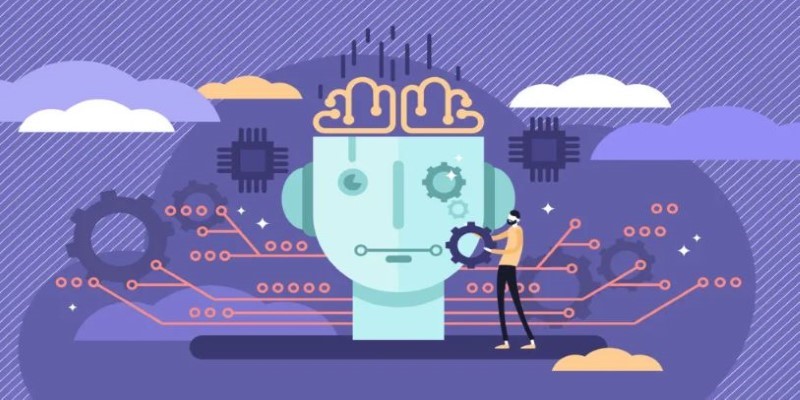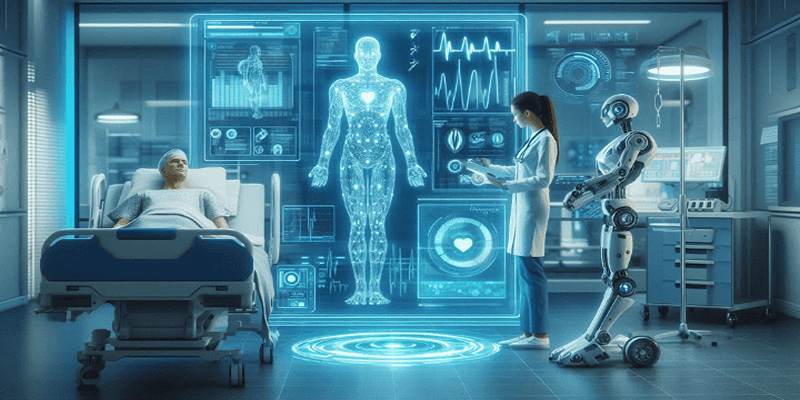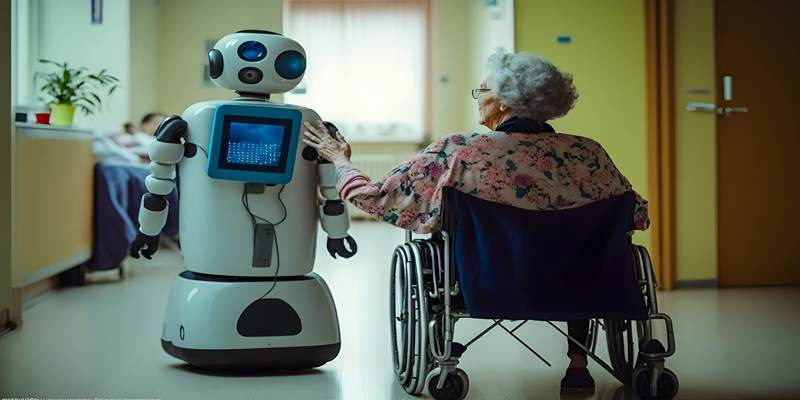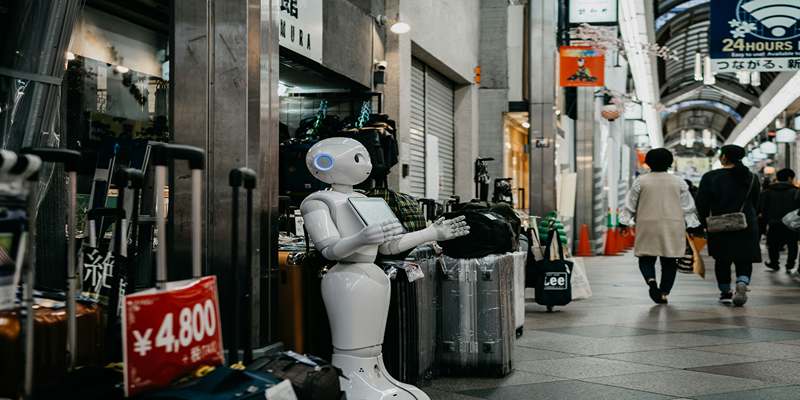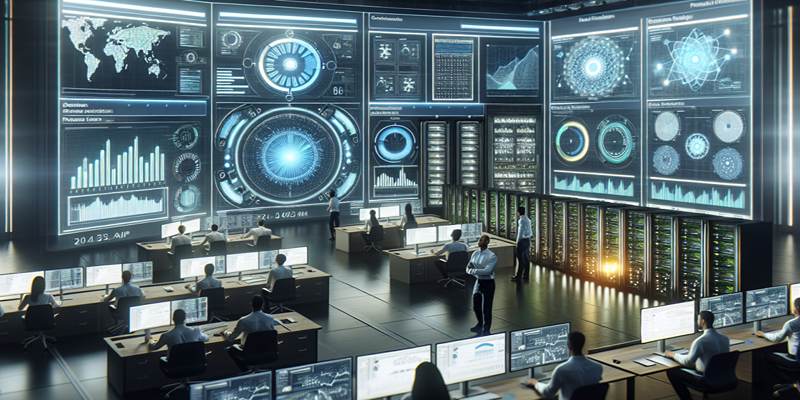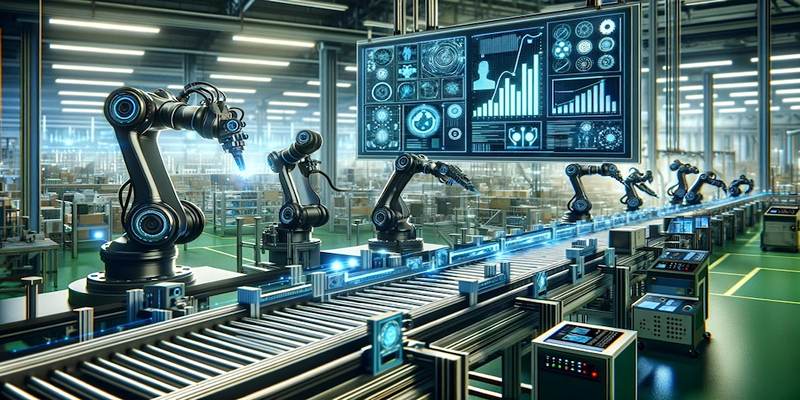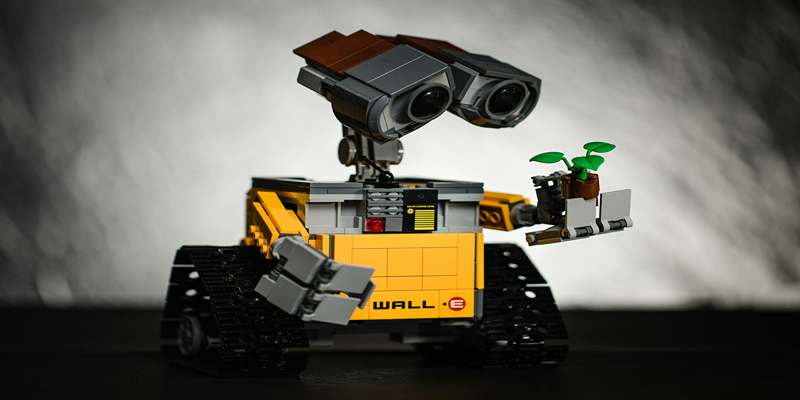OpenAI’s Sora has introduced a major revolution in the creative industry that has been on the rise in the recent past. This tool can generate video with very little supervision from the user, and the video produced is quite natural. Although the use of AI in creative industries has been a controversy for many years, Sora has reached a new level of automation in filmmaking, animation, and digital marketing. However, such technology holds more than conveniences because it poses questions on AI-generated content threats, originality, and unemployment. But it also opens new opportunities for cooperation between man and artificial intelligence. It is important to comprehend how OpenAI Sora will affect creative workers and companies as the world transitions toward AI integration.
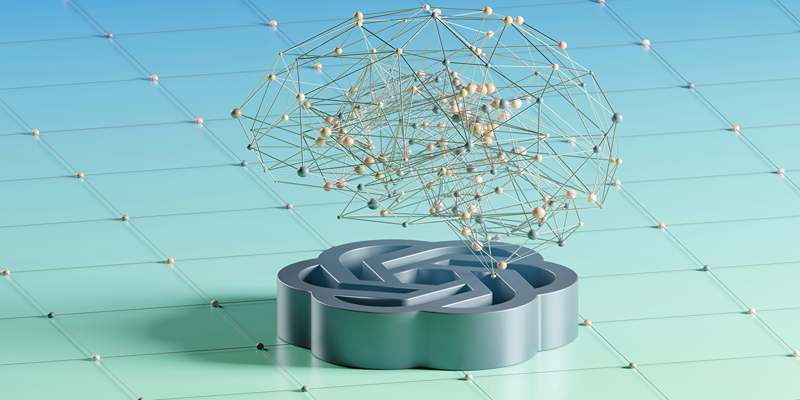
The Rise of OpenAI’s Sora in Creative Industries
How OpenAI Sora Is Revolutionizing Content Creation
Sora is the next generation of AI video generation tools where users can create scenes, animations, and short films without the need for an expensive production process. It all goes to the extent of eradicating the need for human beings to draw animators, editors, and designers. One of the advantages of using AI-generated videos is that they can be personalized and optimized in a very short time compared to more traditional ways of creating content. The emergence of AI content generation serves as a threat to the skills that the traditional media production sector is composed of. On the positive side, with the help of AI, there is an opportunity to optimize the existing processes; on the negative side, it is seen that people tend to turn into robots and try to solve all the problems with the help of technology rather than their creativity.
Industries Most Affected by AI-Generated Content
Sora’s influence can be seen and heard in advertising, journalism, gaming, and film industries. AI in video advertising can replace costly advertisements with the help of low cost to businesses and can also eradicate some job openings, such as video editor and graphic designer. In speaking to journalism, it can be used to produce news articles, thus eliminating the need for journalists to write some of the stories. The gaming industry is also growing as a new set of AI tools can be used for designing the game environment, including character animations. These changes show that AI is not only supporting creative industries but is gradually assuming positions that used to be occupied by human beings.
The Economic and Workforce Impact of OpenAI Sora
Job Disruptions and New Opportunities in Creative Fields
Some of the most discussed issues regarding AI-based content writing include its impact on employment opportunities. It is for these reasons that as the AI tools such as Sora become more sophisticated, firms will replace human beings with the tools to do the work that otherwise would be done by a professional in content creation, animation, and design, among others. However, it has new opportunities like an assistant of content curation, prompt engineering, and new roles for human-AI collaboration. For those who embraced change and incorporated AI into their processes, there is a possibility of new opportunities to appear. AI is not displacing people and their creativity, but it is changing the landscape to align with creativity supported by technology.
Challenges for Freelancers and Independent Creators
Self-employed workers and artists are particularly susceptible to the emergence of AI content creation techniques. In this case, due to the use of artificial intelligence in seeking cheap solutions, traditional freelance services such as video editing, animation, and graphic designing might decrease. Also, advertisement stock media produced by AI pose a threat to the prices of the productions, making it difficult for the artists to compete. For freelancers to remain relevant, they should produce work that cannot be done by an AI, work that cannot be standardized, work that is unique and of high quality, and personalized work. Instead of fighting against AI tools, independent creators are able to work with them to become more effective and sustain the competitive advantage in the growing market.

AI-Generated Content Risks and Ethical Considerations
Threats to Originality and Intellectual Property
The use of AI in the production of content raises questions in the area of originality and copyrights. Since such AI models as Sora learn from a wealth of data, the ownership of AI-generated art raises certain questions. They are concerned that AI will take and copy styles, and questions concerning the authorship of a piece will arise. However, there are some concerns that have been attributed to the use of AI-generated content, including legal issues such as copyright infringement issues. Lack of clear regulation means that the creative industry will soon find itself flooded with material that has no place for the imprint of the human soul. To address these concerns, there is a need to set legal means to determine who owns the AI and the generated media, as well as to regulate its use in business and art.
The Risk of Oversaturation and Declining Content Quality
Such capabilities, therefore, make it easier than ever for industries to generate videos, animations, and visual media in bulk. However, this means the content may become too much within the consumer’s view. If AI tools are used to create as many content pieces without much further polishing, the audiences will be flooded with mediocre content. This trend could lead to degradation of the perceived worth of creative content and put more pressure on creators of high-quality human-made content. To this end, creative practitioners need to focus on such values as narrative, emotional, and visual distinctiveness, which AI cannot copy. Therefore, it is essential to provide a correct ratio of AI usage in writing and focus on creativity in content production processes.
Conclusion
The introduction of OpenAI’s Sora signals a significant shift in creative industries, offering both opportunities and challenges. While AI-generated content can streamline production and lower costs, it also raises concerns about originality, job displacement, and oversaturation. However, human creativity remains essential, providing emotional depth and originality that AI lacks. By adapting to AI-driven tools, creative professionals can harness technology to their advantage rather than being replaced by it. The future of creativity lies in collaboration between humans and AI, ensuring that technological advancements enhance, rather than diminish, artistic expression and innovation.

